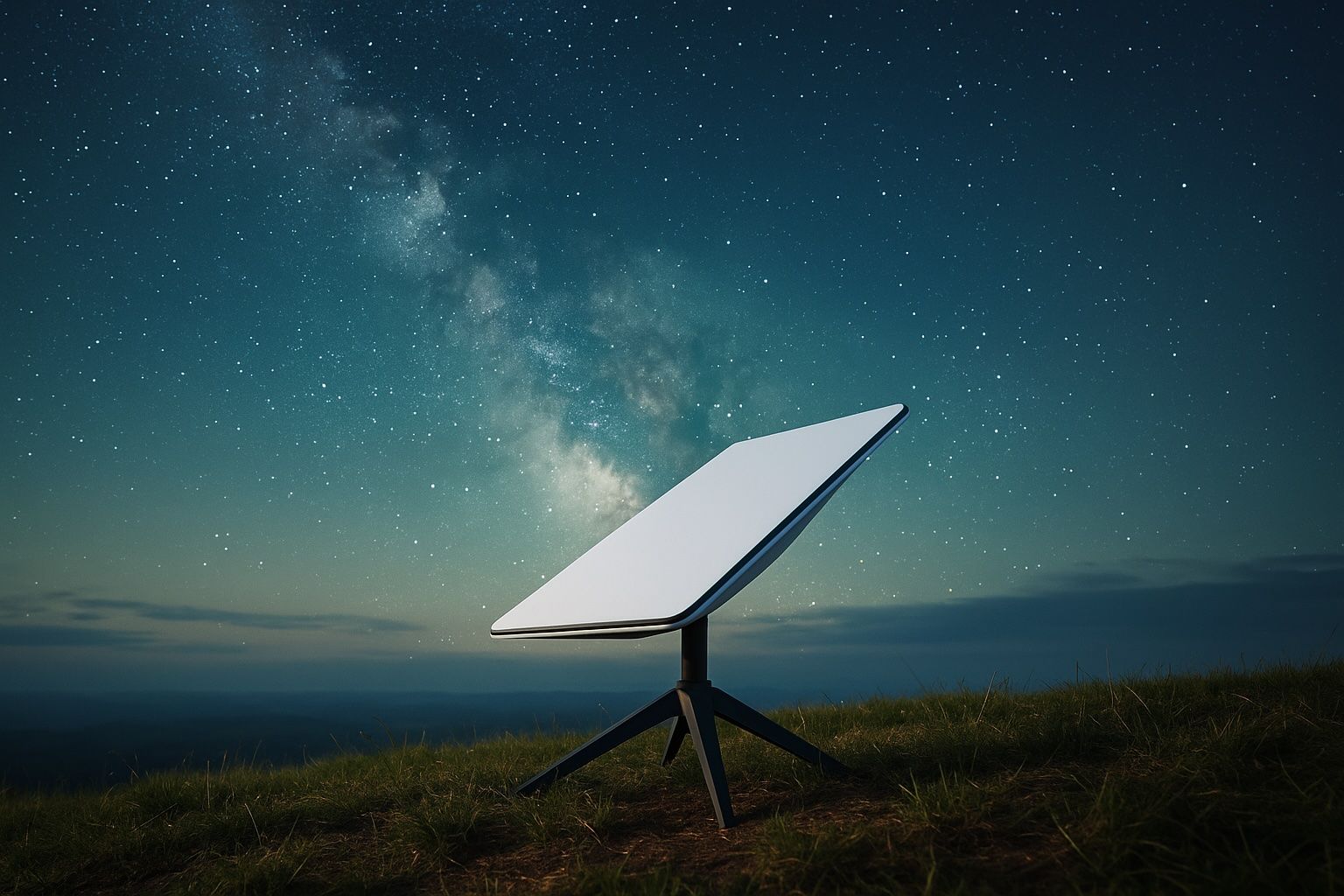
Satellite Phones: Comprehensive Global FAQ
Iridium operates about 66 LEO satellites at roughly 780 km, offering truly global coverage including the poles with a one-way latency around 0.1–0.2 seconds. Inmarsat uses 3–4 GEO satellites at about 35,786 km, delivering near-global coverage (roughly ±70° latitude) with


